In the world of spirits, whiskey enjoys a revered status, with its rich diversity and complex flavors captivating enthusiasts across the globe. However, within this broad category lies a special distinction that often sparks curiosity and sometimes confusion: the difference between whiskey and bourbon. While all bourbon is whiskey, not all whiskey is bourbon. This distinction, rooted in history, ingredients, and production methods, is crucial for both connoisseurs and casual drinkers to appreciate the subtleties of these beloved spirits. Let's delve into the nuances that separate bourbon from the wider whiskey family.
The Basics of Whiskey
Whiskey (or whisky, as it's known in Scotland and Canada) is a distilled alcoholic beverage made from fermented grain mash, which can include barley, corn, rye, and wheat. The spirit is aged in wooden barrels, which impart flavor and color. Whiskey is produced worldwide, with each region offering its unique twist on the spirit, governed by strict regulations that dictate everything from the ingredients to the aging process.
Defining Bourbon
Bourbon, a proud American spirit with a deep connection to the heartland, especially Kentucky, has specific legal criteria that differentiate it from other types of whiskey:
1. The Grain Bill
By law, bourbon must be made from a grain mixture that is at least 51% corn. This high corn content gives bourbon its distinctive sweetness.
2. The Aging Process
Bourbon must be aged in new, charred oak barrels. Unlike other whiskeys that may reuse barrels, the use of new barrels for each batch of bourbon contributes to its rich, vanilla, and caramel notes.
3. Location
Though bourbon can technically be produced anywhere in the United States, it is strongly associated with Kentucky, where the vast majority of bourbon is distilled. The state's unique climate and natural resources are thought to contribute to the distinctive flavor of Kentucky bourbon.
4. Distillation and Proof
When distilled, bourbon's alcohol content cannot exceed 80% alcohol by volume (ABV), and it must be entered into the barrel for aging at no more than 62.5% ABV. Once bottled, it must be at least 40% ABV. These regulations ensure the spirit retains its character and flavor.
5. No Additives
Bourbon law prohibits the addition of any artificial coloring or flavoring, ensuring that all the flavor and color comes from the grains, fermentation, distillation, and aging process.
Appreciating the Differences
While these criteria set bourbon apart, it's the sensory experience that truly distinguishes it from other whiskeys. Bourbon tends to be sweeter, fuller, and more robust than other types of whiskey, which can range from the peaty, smoky flavors of Scotch whisky to the smooth, triple-distilled character of Irish whiskey. Each type of whiskey offers a unique tasting experience, reflective of its ingredients, production method, and geographical origin.
Conclusion
Understanding the differences between bourbon and whiskey is not just an exercise in semantics; it's a gateway to appreciating the rich tapestry of flavors, traditions, and stories that define the world of spirits. Whether you lean towards the sweet warmth of bourbon or the diverse profiles of whiskey, each sip offers an opportunity to explore the craftsmanship and heritage of these storied beverages.
If you are a Bourbon Lover, Check out our Bourbon Aroma Training Kits!



Share:
How to Host the Perfect Wine Tasting Party at Home
Top 10 Must-Visit Distilleries in Scotland